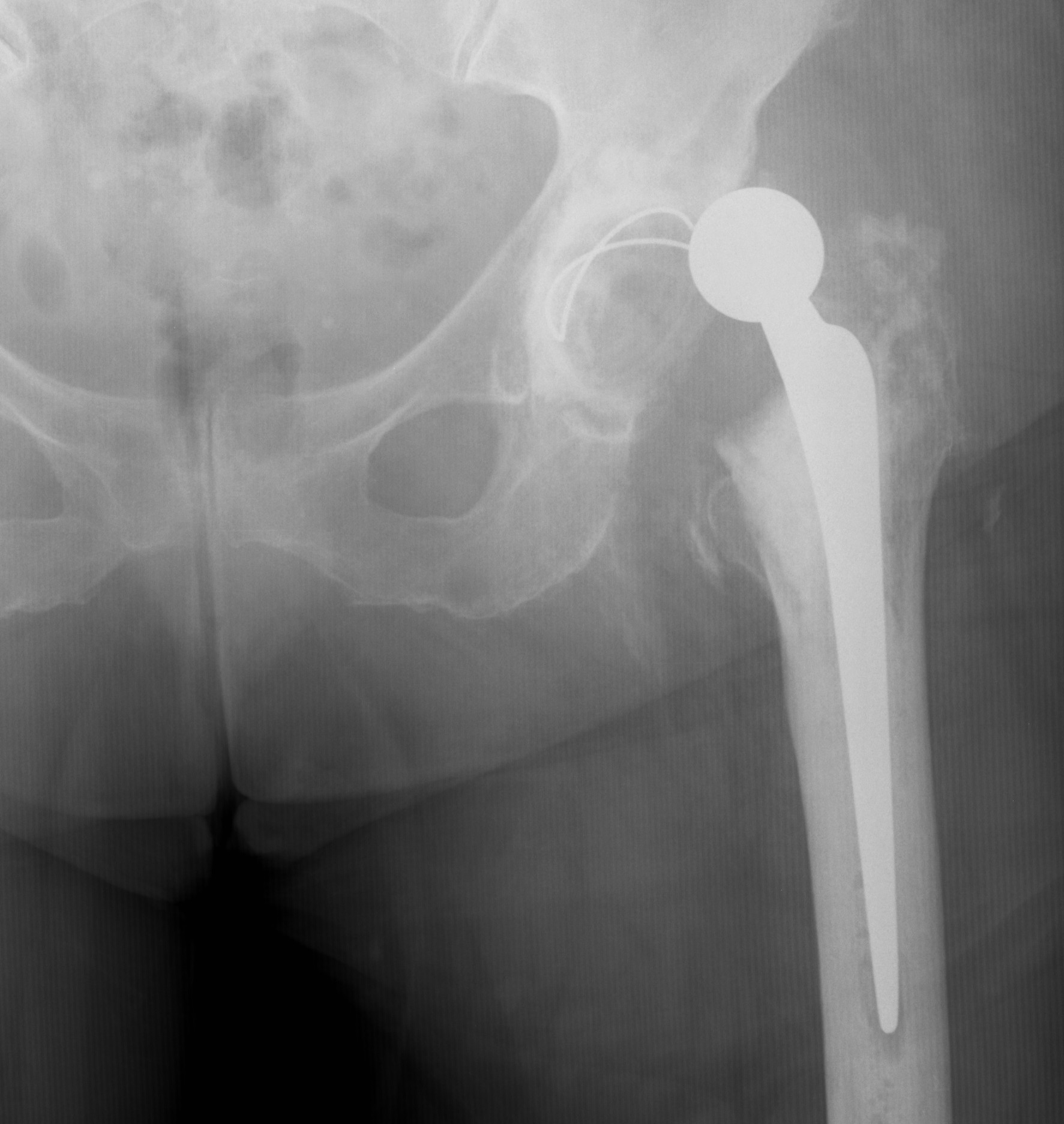DVT / PE
ANZ Working Party on the Management and Prevention of Venous Thromboembolism 2007
Note
Top 6 conditions associated with DVT
- stroke
- THR
- multi trauma
- TKR
- hip fracture
- spinal cord injury
Not one of the 12 doctors was an orthopaedic surgeon
Agents
Heparin / LMWH / fondaparinux
- confirmed effectiveness

